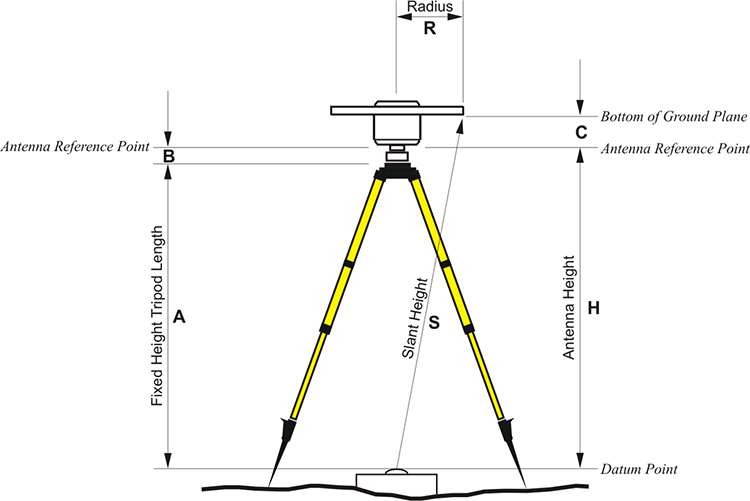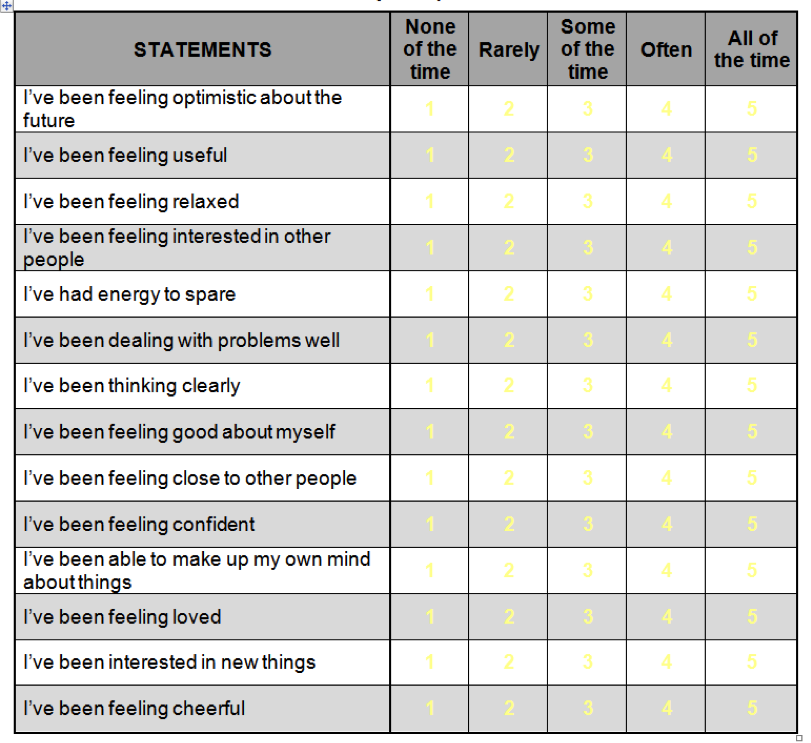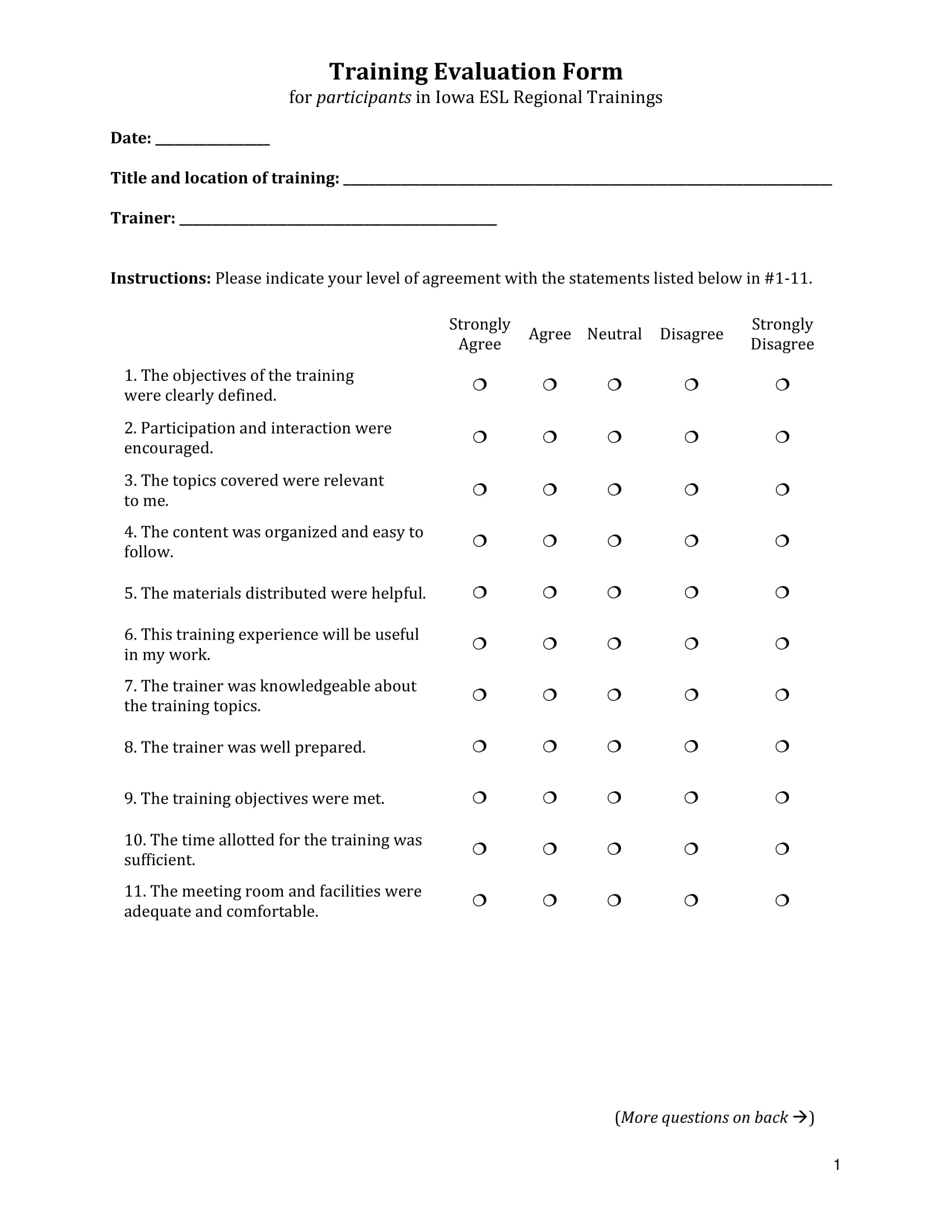

For Marx, these aspects of work are control over the product, control over the work process, creative activity, and social relations with others.

Sociologists continue to draw from Marx in referring to an alienated individual as being separated or estranged from certain aspects of work that give meaning and significance to that work and to life as a whole. However, because the concept of alienation is related to job dissatisfaction and has been so prevalent in sociological accounts of work, it is considered first. Finally, gender differences in work orientations need to be addressed. The explanations of this influence, often referred to as social control arguments, are discussed here. Sociologists want to go beyond strictly individualistic portrayals of human behavior and are especially interested in understanding how this social setting, the workplace, affects an individual's work orientation. With only a few exceptions, work occurs in a social setting that has been called a "contested terrain" by Edwards (1979). This article is organized around work motivation and responses to work, but it places those topics the context of the social organization of the workplace. Job satisfaction and commitment have been given the most attention when sociologists study reactions to work.

It takes the activity of work as given and addresses the ways in which individuals react to it. The second area has more often attracted the attention of sociologists. The first area covers why people work and for some time has occupied the attention of industrial and organizational psychologists, who analyze need hierarchies, self-actualization, and intrinsic and extrinsic motivations. Generally, it is used to refer to two broad areas: (1) motivation to work and (2) responses to work. "Orientation to work," unfortunately, is a term without a clear or precise meaning. Work thus is defined as the mental or physical activity of an individual directed toward the production of goods or services that are valued by that individual or others. Sixth, this good or service is valued by the individual or others and thus usually is consumed by either or both. Fifth, this usually is a good or service. Fourth, the activity involves the production or creation of something. This allows people involved in housekeeping activities to be included, along with family members who labor to support a family enterprise and volunteer helpers. Third, this activity usually involves some form of payment, but pay is not necessary for an activity to be considered work. Second, the individual is involved in physical or mental activity. First, although groups or collectivities may be viewed as actors involved in work (e.g., work groups, task groups, teams, or committees), the focus of attention, and therefore the unit of analysis, is usually the individual. Considered important to these topics are the orientations employees have toward their work, the topic of this article.ĭefinitions of work abound, but most include the following features. The study of the employment relationship encompasses a multitude of topics ranging from how the individual is initially matched to a job to all that happens on the job (being paid, becoming satisfied or dissatisfied, forming cliques, etc.) and to turnover (quitting or being dismissed). It also draws from industrial and organizational psychologists and sociologists' attempts to integrate stratification and organization literatures to better understand the employment relationship. The sociology of work represents an integration of two long-standing specialties: industrial sociology and occupations/professions. The name of this sociological subfield is new, but the general area is not. The sociology of work emerged as a specialty area in the 1980s, when the American Sociological Association prepared a compendium of course syllabi for the area and a number of textbooks appeared.


 0 kommentar(er)
0 kommentar(er)
